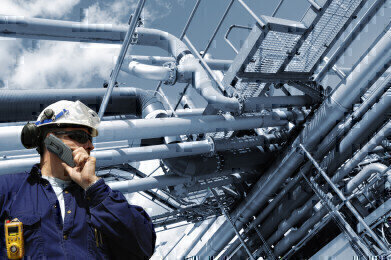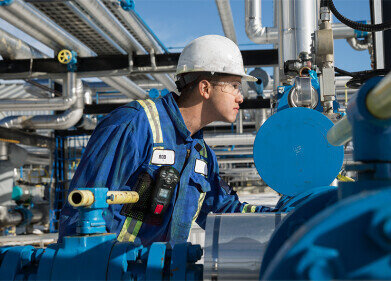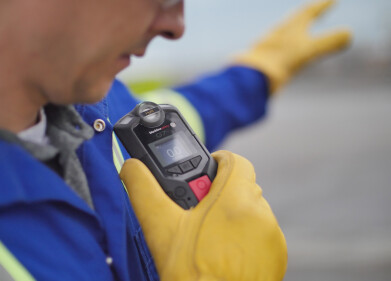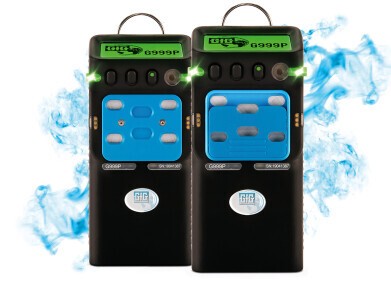Safety
Personal vs Portable Gas Detectors - When, Where & Why
Jun 03 2014
A gas detector is a device used to monitor the level of various different gases within an area, normally to identify whether there are any harmful or dangerous elements in the air. Gas detectors can be used in all sorts of environments; on board a ship, in factory warehouses, in chemical laboratories or as part of a fireman’s equipment, among many others. They are key in helping to avoid injury or medical problems through the inhalation of unsafe air and in preventing fires or explosions caused by flammable gases.
There are two main types of gas detectors – portable and fixed. The latter normally remains mounted on a wall in the designated area and only consulted for maintenance or in case of alarm. The former is taken around with the user and can detect air quality in a variety of places. Of this kind, there are two further subdivisions – personal or portable.
The Differences
Whilst both devices are ostensibly portable, personal gas detectors are generally smaller, and as such can be attached to a lapel or belt. They also normally are only capable of detecting a single gas, whereas portable units are bigger and more complex and sophisticated in the number of gases they are able to trace. The most sophisticated models can trace up to six different channels simultaneously.
Personal gas detectors generally run off a single battery, which is sealed inside the device for the duration of its life and afterwards will need to be discarded. This life is normally between one and two years, depending on the level of usage. Portable detectors, on the other hand, are generally capable of recharging or changing their batteries. The batteries themselves usually have a life of roughly 24 hours before they will need replenishment.
Personal detectors are far more limited in their capabilities and screen displays, and often do not allow calibration or pump options. Portable units can give a variety of feedback and store a vast backlog of data entered into and recorded by it. They have more sensors and are more amenable to calibration than personal devices.
Which is Right for You?
Which type of gas detection model is right for you will depend entirely upon your own circumstances. Which type of gases and how many are you looking to monitor? How often will you be using the device? How detailed do you need the feedback to be and is memory storage important to you? Answering these questions will help you to understand which type of gas detector will be most suitable for your needs.
Regardless of which type you decide upon, however, it is imperative that you ensure that your device is in good working order at all times. One method of achieving this is by performing daily bump tests, by manually administering a concentrated amount of gas high enough to trigger the alarms and test the sensors. However, the advancement of technology is opening up new exciting opportunities for gas detection verification; for more information on such developments, see this article: Incorporating Newer Technologies into Your Gas Detection Program.
Digital Edition
PIN 25.2 Apr/May
May 2024
Safety - Carbon monoxide toxic and flammable gas detection Analytical Instrumentation - Density: A fundamental parameter at critical stages within the petroleum sector - Advancements and...
View all digital editions
Events
Jul 10 2024 Birmingham, UK
Thailand Oil & Gas Roadshow 2024
Jul 11 2024 Rayong, Thailand
Jul 20 2024 Denver, CO, USA
Jul 21 2024 Cape Town, South Africa
Jul 24 2024 Bogata, Colombia


















